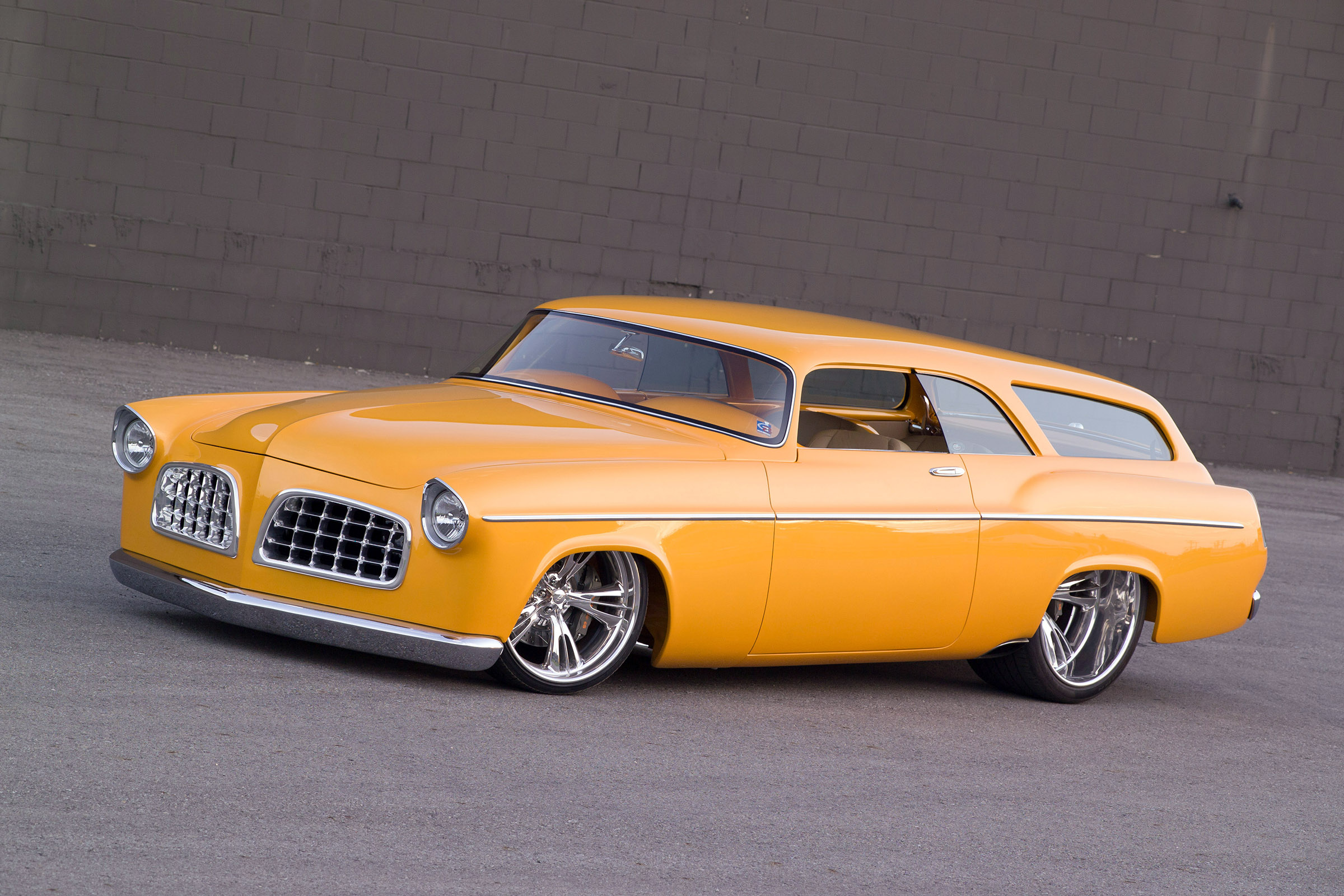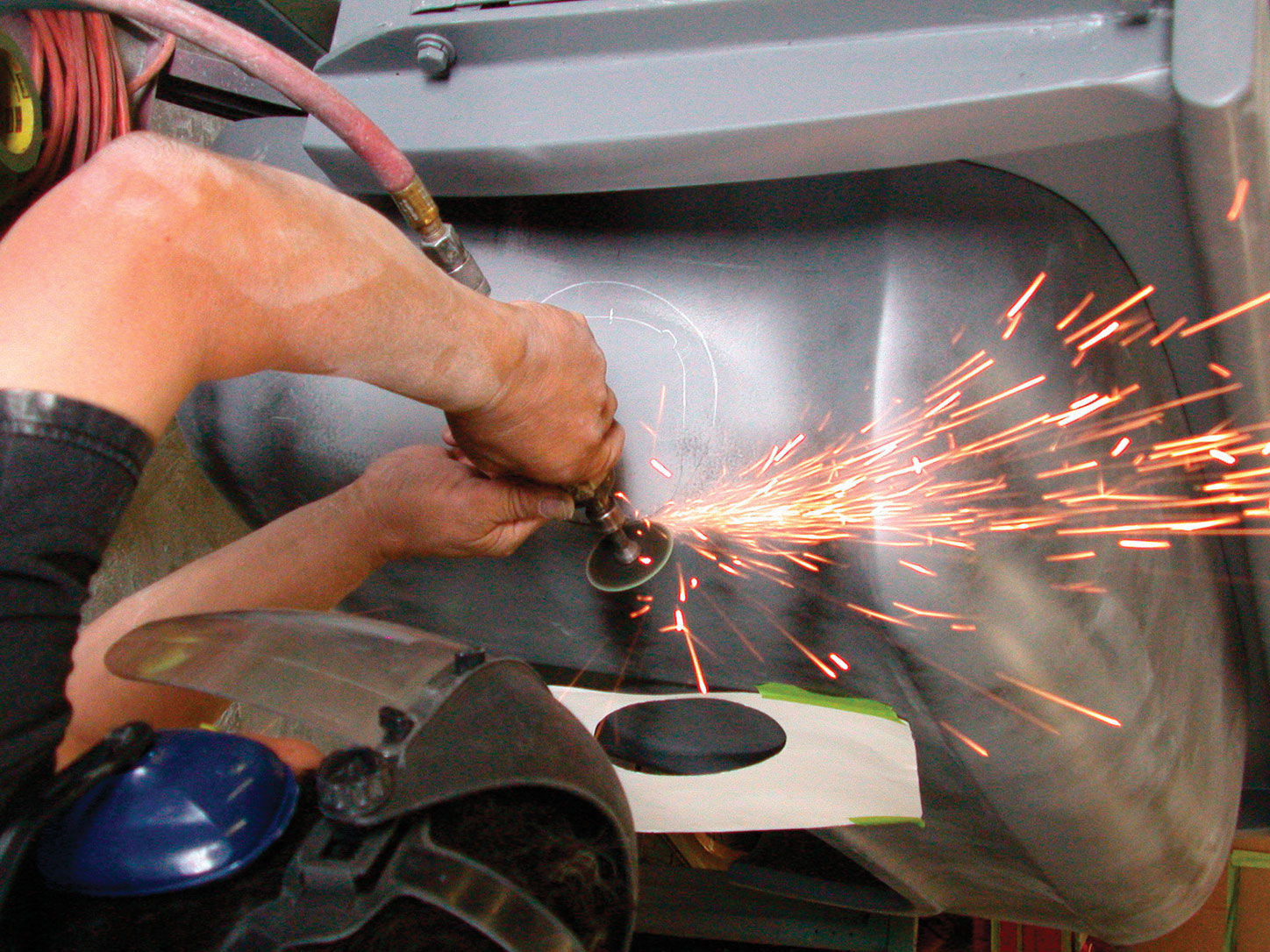Installing Chevy Taillights on a Model A Ford Rear Valance (But You Could Consider Them for Many Other Rods)
If you are building a street rod, sooner or later you will have to select the taillights you want to use. As with so many other parts, the taillights should match the style of the car you are building. A smooth, high-tech rod should have taillights of the same style, perhaps flush-fit diode lights that match the shape of the body. If you are building a resto rod, the stock taillights are generally used, stalk and all. Internally they can be updated with bright bulbs or a diode kit. If you are building a nostalgic or a traditional rod, there are several different lights that were used by builders in the ’50s and the ’60s. The rod seen in this story is being built in a traditional style, so there were many lights to choose from.
The most popular taillight of all is the ’39 Ford teardrop, and it is available as a stock style or filled with diodes. Another popular light is the round Pontiac unit available from a wide variety of restoration suppliers. Another light that found favor with early rodders was the ’48 Chevy-style taillight. It is small and thin and fits a variety of cars with rear valance panels. That is one of the reasons a pair was selected to be used on this traditionally styled ’31 Victoria. This car has a thin rear valance panel, and the shape of the ’48 Chevy taillights was perfect for this location. In this position the lights will be easy to spot by motorists following the car, and they also enhance the appearance of the Model A.

We decided to follow this installation to show you how easy it would be to use these taillights on your car. This particular Victoria is equipped with a fiberglass rear valance panel supplied by Wescott’s, but the basic installation would be very similar in a steel valance panel. The tools required to perform the installation include an air saw, a 3-inch angle sander, an electric drill motor and a variety of normal hand tools. This installation is easy and can be done in a few hours.
















